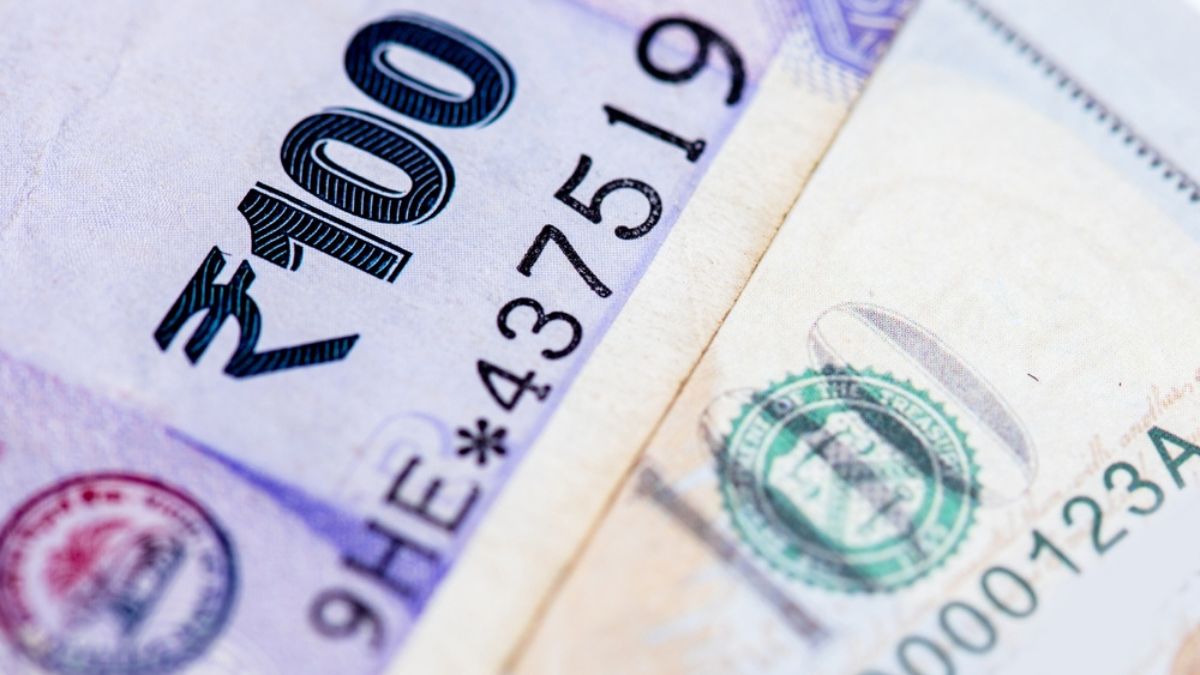For India, the numbers look good as foreign exchange reserves cross $700 billion mark

If there is a spring in Nirmala Sitharaman’s steps, and a confidence in Narendra Modi’s engagement with the world, it is not just because of Operation Sindoor or India’s stature or any other geopolitical reality. It is the basics, really – the numbers are looking good.
Ernst & Young’s India chairman Rajiv Memani put it in perspective after taking over as the new President of CII, India’s top business body, when he described the country as ‘a beacon of growth amidst global flux.’ Talking to media persons in New Delhi, Memani remarked, “The magnitude of the current global shock is unprecedented in recent history. In all of this, India appears to be a steady hand... with stable macro-economic fundamentals.”
Memani’s remarks were followed up last night by the government announcing that the country’s foreign exchange reserves had crossed the $700 billion mark.
Reserves were around $698 billion last week (government updates the figure every weekend) and went up to the new high thanks to active purchasing of dollars by the Reserve Bank of India (RBI) over the past few days.
This is only the second time ever that India’s forex reserves have crossed the $700 billion mark, the previous instance being in the last week of September 2024. Banking sector analysts believe that India’s foreign exchange reserves, successive governments have taken undue care to ensure it stayed in the comfortable zone ever since the forex crisis of 1991 when India was on the verge of having no reserves left and was forced to pledge its gold, is only likely to go up further in the coming weeks and months.
Other indices are also looking up. India’s banking liquidity surplus, calculated based on the amount of money banks keep in RBI’s liquidity adjustment facility, also hit a new record of surpassing ₹4 lakh crore. This is the highest it has hit in more than three years.
Coming out of the pandemic battered and bruised, India had a lot to lose – there was a recession due to the lockdown crash, while inflation coupled with rural (and later, urban) distress seemed like a recipe for disaster, especially coupled with the spending spree the government embarked on as part of a restructuring, as well as the global chaos that ensued – from supply chain mix ups to strife and war in country after country.
However, it seemed like India has Teflon coating – oil prices have remained steady, while foreign investment, while slow, is still coming in. And surprise, surprise of all, inflation and deficit, a runaway horror story from the pandemic days, seem to be under check. Inflation in May was down to 2.8 per cent, a relief from the consumer price index peaking at nearly 7 per cent in March 2022. And fiscal deficit has come down to 4.8 per cent compared to the peak 9.2 per cent it hit during Covid, and well on its way to going below the 4.5 per cent mark the government wants it to stay by the end of this financial year.
Business